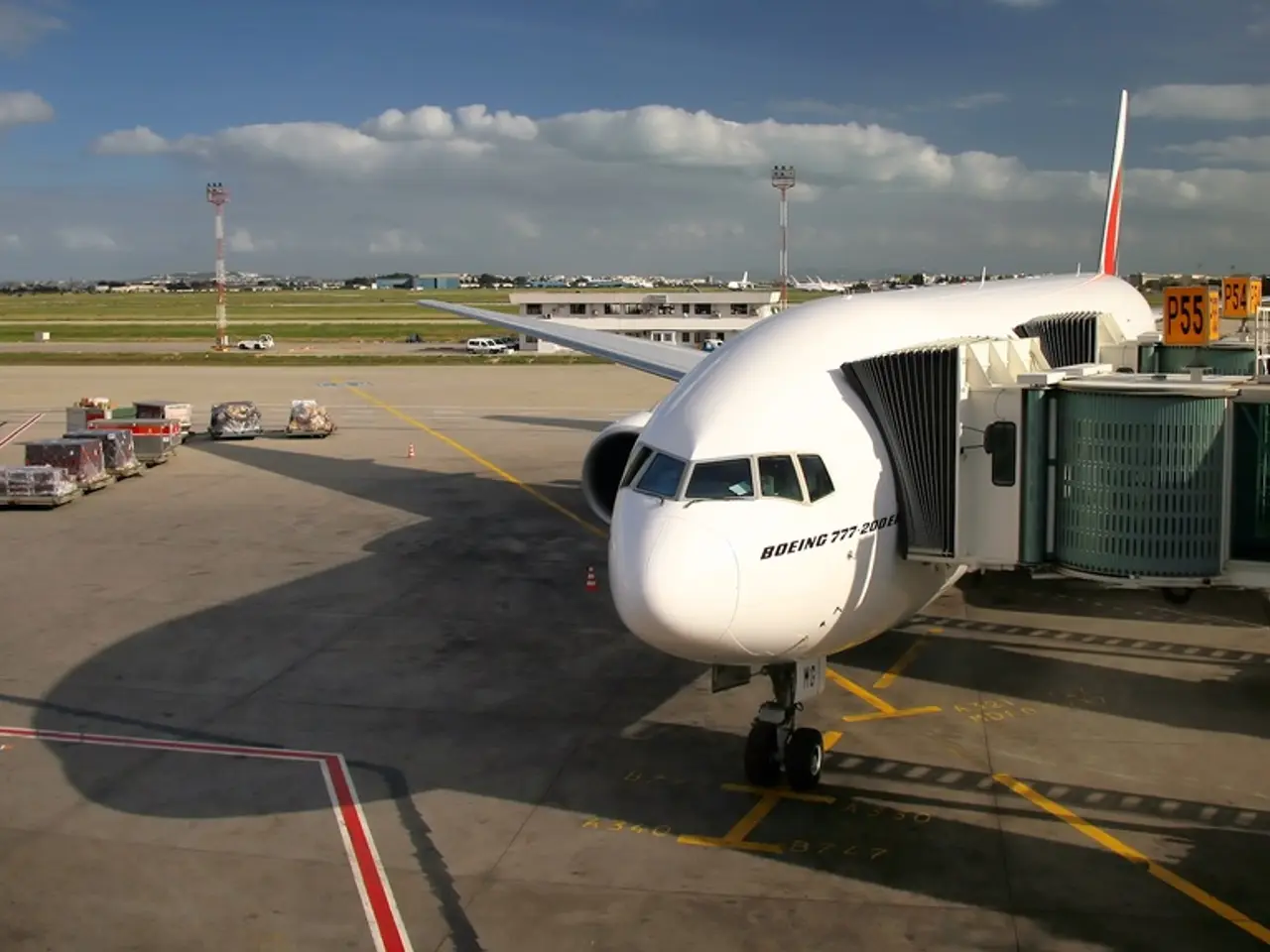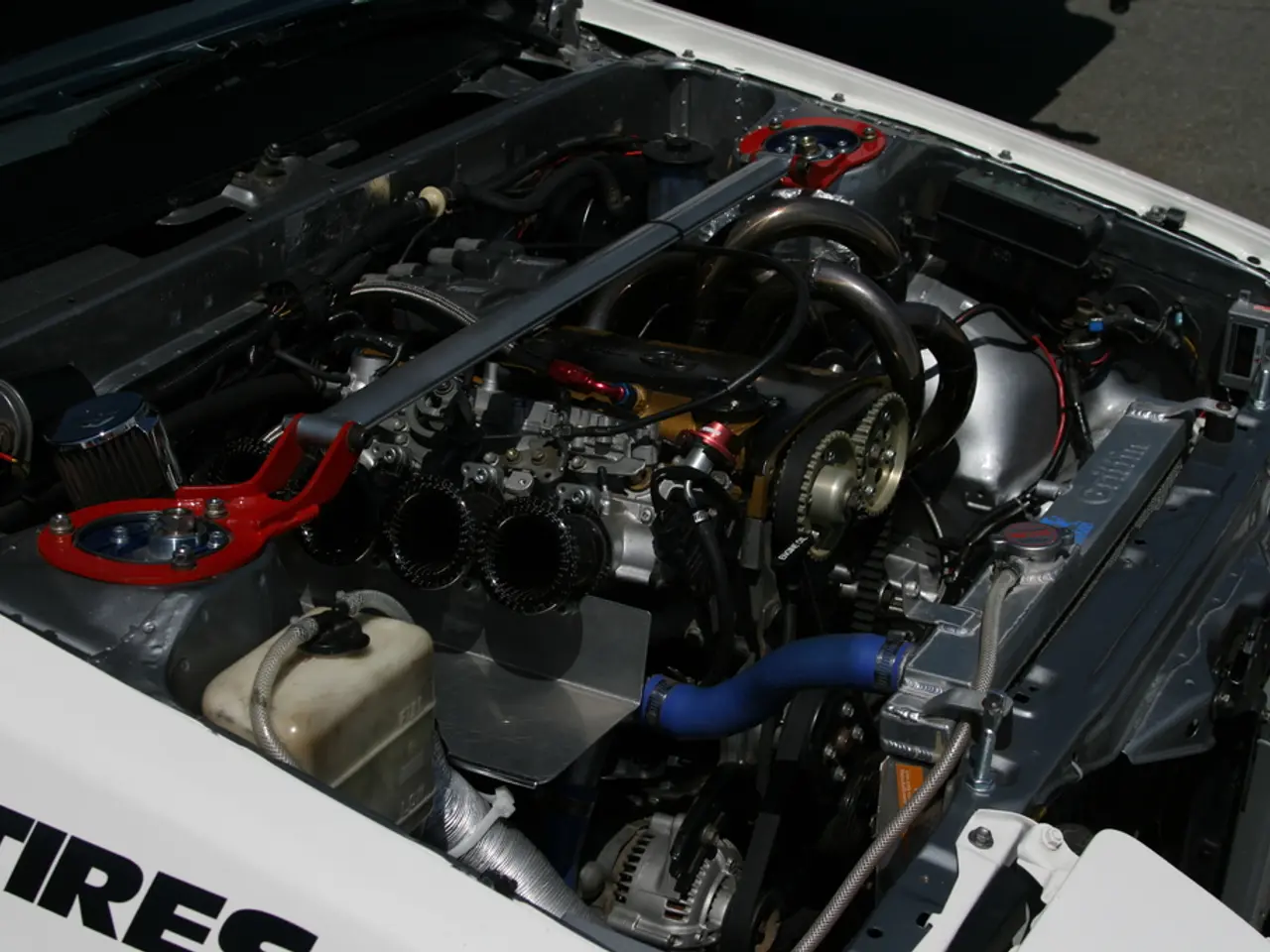Lufthansa Aircraft Adorned with Shark Hide - Emulating Nature's Design
Lufthansa, the German airline, has introduced a new technology called AeroSHARK to its Boeing 777F cargo aircraft. This sharkskin-inspired coating, developed in collaboration with Lufthansa Technik and chemical giant BASF, is designed to improve fuel efficiency and reduce CO2 emissions.
The coating, which mimics the texture of sharkskin, reduces aerodynamic drag on the aircraft’s surface. This results in a fuel savings of around 1.5% to 2%, according to Lufthansa and Airbus. Consequently, the reduction in fuel use translates into a proportional decrease in carbon emissions—around 2% less CO2 emitted during flights where the coating is used.
This modest percentage reduction in fuel burn can lead to significant environmental and cost benefits over time. Lufthansa aims to cover all cargo aircraft in its fleet with AeroSHARK starting from the beginning of 2022, as part of its broader efforts to enhance sustainability and reduce the environmental footprint of its fleet.
The Boeing 777F fleet, consisting of 10 aircraft, is estimated to save 3,700 tons of fuel with AeroSHARK. This fuel savings equates to the fuel consumption of 48 cargo flights between Frankfurt and Shanghai.
The AeroSHARK product has proven efficient for cargo planes after 1,500 flight hours of observations. The coating materials for AeroSHARK are designed to be resistant to high UV radiation, temperature, and pressure changes at high altitudes. They are also intended to be easy to apply.
In trials towards the end of 2019, a portion of a Boeing 747-type aircraft was covered with AeroSHARK, with an area of approximately 500 m2. The goal of Lufthansa is to achieve carbon-neutral flights by 2050, and the use of AeroSHARK is a part of this goal.
The production of AeroSHARK coating materials will be done in collaboration with the German company BASF. The coating is aimed to reduce friction on the fuselage of the aircraft during flight, saving fuel. A reduction of more than 1% in friction can be achieved with AeroSHARK.
In summary, Lufthansa's introduction of the AeroSHARK coating to its cargo aircraft fleet is a significant step towards reducing carbon emissions and enhancing sustainability. With the potential to save thousands of tons of fuel and significantly reduce CO2 emissions, this technology could play a crucial role in Lufthansa's goal of achieving carbon-neutral flights by 2050.
- This sharkskin-inspired coating, known as AeroSHARK, developed in partnership between Lufthansa, Lufthansa Technik, and BASF, is rooted in environmental-science, aiming to improve fuel efficiency and lessen carbon emissions in the aviation industry.
- By reducing aerodynamic drag on aircraft surfaces, AeroSHARK contributes to energy savings, as demonstrated by an approximately 1.5% to 2% reduction in fuel consumption, which translates into a similar percentage decrease in carbon emissions.
- In line with their objective of achieving carbon-neutral flights by 2050, Lufthansa plans to incorporate AeroSHARK technology into all their cargo aircraft beginning in 2022, leveraging advancements in finance, technology, and science to lessen the environmental impact of their fleet.




